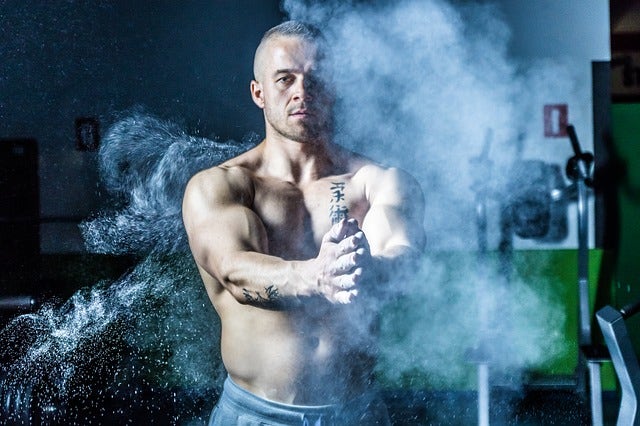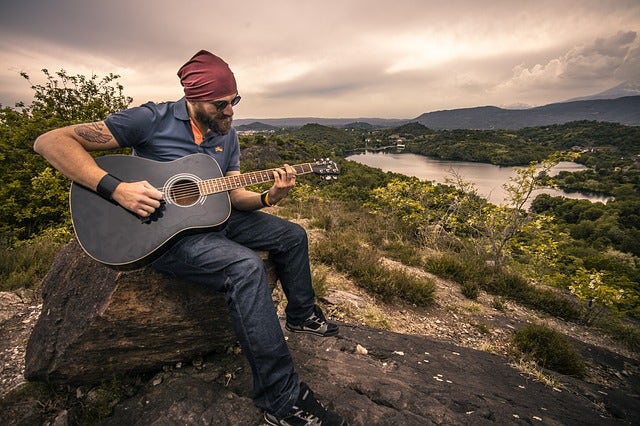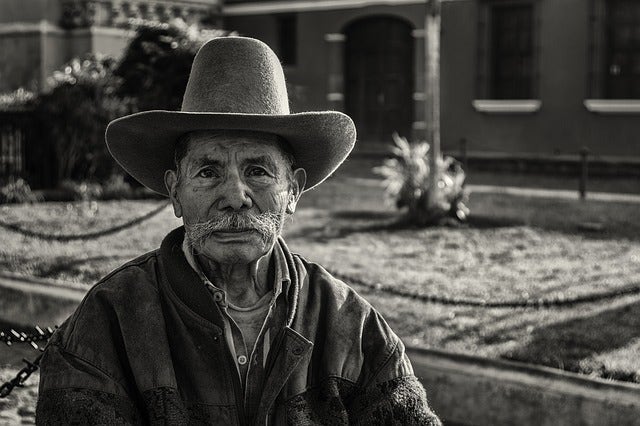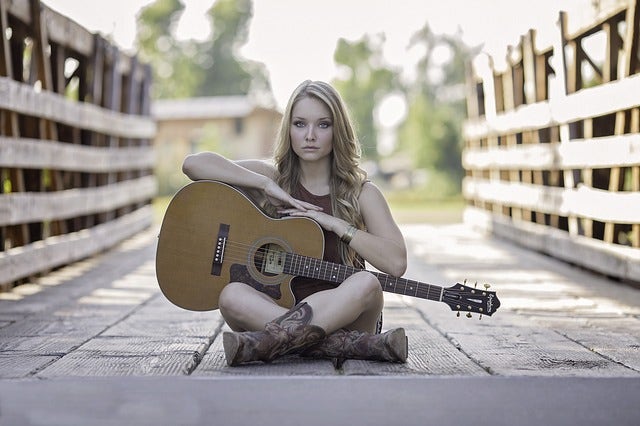
There’s so much to love about environmental portrait photography. It provides often striking insight into your subject’s life and personality. It can be bold, confronting, and captivating.
Environmental portraits, also called landscape portraits, set your subject in their usual surroundings. It may be their workplace or their home. And it can reveal a tremendous amount about your subject that a portrait might not otherwise provide.
Landscape portraits tell a story, giving context to your subject’s life. But they can also help set your subject at ease and pave the way for the perfect candid portrait. Here are our top tips to help you master the art of environmental portraiture.
1. Get to know your subject
It can be tricky – in fact, almost impossible – to make a statement about your subject when you know barely anything about them. That’s why it’s a great idea before any shoot to meet your subject and learn as much about them as possible.
Find out how your subject enjoys spending his or her time. It could be hiking in the mountains or reading a book by a crackling fire.
Gauge their temperament and personality – they may be naturally enthusiastic or generally rather severe. These traits could be incorporated into the photograph.
Of course, if you’re just taking family snaps, this step isn’t entirely necessary. But either way, it’s important to consider everything that makes your subject unique so you can find that angle to make your photos just as original.

2. Scout a location
This can be quite a fun option, exploring potential locations to find a landscape that appropriately reflects your subject’s interests and personality.
Consider the image below. The stark, simple background of the gym mirrors the focused look on the man’s face.

There is enough detail to give context to the portrait, but not so much that your eye is distracted by the background.
You need to survey a location thoroughly before you even begin a shoot. It’s worth thinking about place where your subject can pose, how the lighting works, and from what angles you’ll want to take the images.
3. Master the light
While we’re on the subject of light, it’s important you’re prepared for any eventuality. If you’re shooting outdoors, you need to consider options for both overcast and excessively sunny days.
It can help to master flash photography by learning how to bounce light off walls and by getting the hang of different flash accessories.
The key is to stick to natural lighting wherever possible. If a room is too dark, lead your subject to an open window for a filtered light effect.

4. Create comfort with clothes and props
Your subjects aren’t always going to be seasoned models used to taking directions. And for most people, having a camera trained on them can be a disconcerting concept.
That’s why it can help to let your subject wear clothes they’re most comfortable in. It allows for a candid photograph – they’re not dressed to the nines in clothes you would never typically see them in.
Another idea is to include a prop, at least for the start of the shoot. It can loosen your subject up and help them forget the camera is there.
For example, if your subject is a baker, you can let them become immersed in the task of kneading dough. As long as your prop keeps to the theme and tells us something about the person you’re photographing.

5. Prepare your camera settings
The idea with environmental portrait photography is to find a balance between your main point of interest and the background detail. Your portrait should not draw attention from your subject, but it should include details to enhance the story.
If you want to keep both the foreground and background in equal focus, use a smaller aperture (represented by larger numbers). But if the location seems too detailed or cluttered, or if it draws attention away from the subject, try a narrower aperture – that’s f stops of about f/3.2 or f/4 – to blur the background.
Using a wider focal length helps give bring the surroundings into the picture in greater detail. This is not the time for your telephoto lens!
Finally, make sure you experiment with a mixture of settings throughout the shoot. You never know which effects will work the best, so having a good stock of photos is an easy way to achieve the best possible outcome!
Learn more about portrait photography - and other forms of photography - today on our Camera House blog. Or if you want to take your skills to the next level, browse through our huge range of top quality cameras and camera accessories online.
